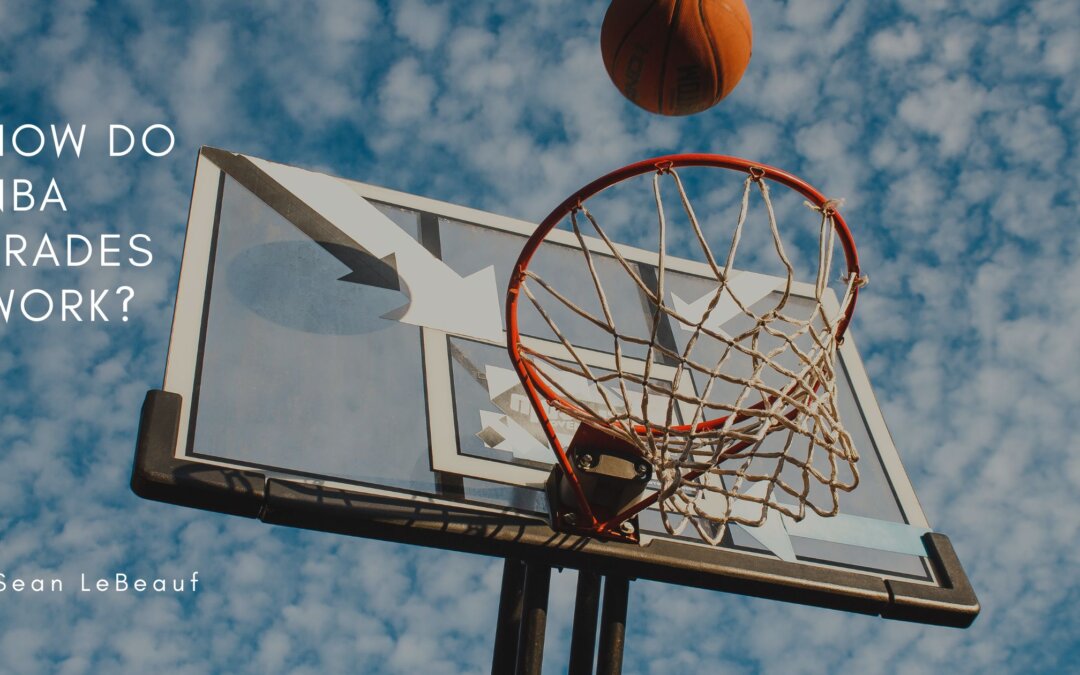The National Basketball Association is a global powerhouse in professional sports. One critical aspect that intrigues fans and analysts is the player movement through trades, significantly impacting teams, players, and the league.
The Basics
Two or more teams agree to exchange players, draft picks, or a combination of both. The league has a specific deadline each season, usually around mid-season. Outside this period, teams cannot make player-for-player arrangements but still engage in draft picks transactions.
Player Movement
Most players can be traded freely during the regular season, but some exceptions exist. Players who have signed new contracts in the offseason or acquired through a trade themselves may have specific trade restrictions. Additionally, a traded player cannot be re-traded until a certain period has elapsed (usually 60 days).
Trade Negotiations
Before finalization, teams negotiate the terms of the deal. This process involves discussions between general managers, coaches, and team owners. They consider factors such as team needs, salary cap implications, player skill sets, and potential draft picks involved in the trade. The NBA also has a trade committee that reviews specific high-profile transactions to ensure they comply with league rules.
The Salary Cap and Trade Rules
The salary cap is a critical factor. The NBA operates under a soft salary cap, meaning teams can exceed the cap under certain circumstances but may face luxury tax penalties. When trading players, their salaries must match up within a specified percentage, ensuring the financial aspect of the deal remains fair for all teams involved.
Draft Picks and Their Value
In addition to players, draft picks are often included. Draft picks represent future opportunities to select new players in the league. The value of draft picks can vary significantly, depending on factors such as the team’s performance and the projected talent level of the upcoming draft class. Teams may trade their future draft picks to acquire immediate talent or use them as trade sweeteners to entice other groups.
The Impact
For teams, a successful transaction can strengthen their roster, boost their chances in the playoffs, and improve their long-term prospects. Conversely, a poorly executed business can hinder a team’s progress and lead to long-term setbacks.
Player Reactions
Players might have to relocate to a new city and adjust to a different team and coaching staff. The emotional toll can be immense, especially if they were deeply connected to their former team and fan base.
Fan and Media Perspectives
Supporters of a team involved in a trade can express enthusiasm or disappointment, depending on the perceived outcome. Media outlets provide extensive coverage, analyzing their potential effects on groups and the league’s landscape.
Trade Deadline Madness
As the trade deadline approaches, the league experiences a flurry of activity. Teams vying for a championship may make aggressive moves to strengthen their roster, while struggling teams might engage in the practice to rebuild for the future.
Blockbuster Trades
Occasionally, the NBA witnesses blockbuster deals involving star players. These mega-deals can shake up the league and create new team power dynamics. Such dealings generate substantial media attention and become defining moments in the history of the NBA.

